The Nurhetic Tradition
Summary
The Nurhetic Tradition takes Dream, Illusion, and Mind as its central Domains. It is based out of Delhiza. Its practitioners gather when they need to but prefer solitude and loose affiliation to formal order and governance. A hallmark of a Nurhetic-leaning Gift is blue eyes, which lose their pupils when one completes a full Apprenticeship. The Nurhetics were the second Tradition to enter into the triune Council of Landezon.Background
After Nurhasi entered into the dreams of her people, many Delhizans bearing the Gift awoke to find they had developed talents similar to her own. Independent of Nurhasi's direct guidance, these Mages went on to oust the Khyr from Delhiza in their own way, as though connected to the Dreamer on some unconscious level. Once the Khyr left, these young talents pleaded with Nurhasi to teach them what she knew. She refused them seven times before finally relenting to pass on her philosophy and wisdom to the group for a period of one year. On exactly the final day of this training, Nurhasi vanished from Delhiza, never to be seen again. Legends abound to allege her deeds thereafter. The Nurhetic tradition grew up around this group of Apprentices and what they learned from the Dreamer. Most were of lower class and did not write, but their accounts are recorded by later generations of students. Original accounts of the sorceress describe her as maddeningly vague - more so than dreams. She was circumspect when asked direct questions about her methods and powers when she did not ignore them completely. Many believed her silences were intentional, hinting at essential truth. Present-day Nurhetics believe that the rational mind is 99% clutter; the clearing out of which is regarded as a prerequisite to performing Dreamwork. In contrast to her typical mysteriousness, however, Nurhasi's feelings about Berythian methods were made fairly plain. Explicit instruction such as practiced by Berythian mages, she felt, reduced magic to an object to be analyzed and controlled. But the real source of magic (in the Domain of dreams, anyway) was oneself: And what does it mean to “control” oneself? The idea begets a troublesome dualism where one must be regarded as both controller and the controlled. A pupil may be guided, yes, but outright instruction in the Art is quite impossible. Every Mage with Dream as their Gift must bungle through as best they can, scanning their own dreams for meaning, using their emotions as a compass, decoding symbols in the waking world to find a path. This sentiment is assumed to explain why Nurhasi left before a tradition could build up around her, and - in theory, anyway - why formal arrangements between Masters and Apprentices tend to be eschewed. Over time, a rational tradition did indeed eventually arise, in part due to interactions and partnerships with other Mages from traditions like Beryth's who found themselves fascinated with this very different form of magic, but sought to outline a foundation for it in a language they better understood. (For instance, in Berythian lore, Nurhasi is often framed as an envoy of Nava, to contain her within the grand narrative of The Ildhuat Soher.) In general, explanation is consided a “seduction” in the Nurhetic tradition, a glittering jewel that bedazzles the mind. While there exist Nurhetic intellectuals can go on at length about the ins and outs of the discipline, those clinging more closely to the spirit of Nurhasi's original doctrine consider them wildly self-deluded, or worse. For purists, silence is the closest approximation of their truth. In the present day, Nurhetic Mages operate in loose groups. They do not run formal schools, offer lessons, and, like Nurhasi, often refuse potential pupils seven times to gauge their seriousness before even spending time with them, much less agreeing to take them on. But the nature of the relationship has also grown much more intimate than it was in its historical precedent. Making the mind manifest externally comes with many risks: where there is mental overflow, a backlog of pent-up or twisted emotion, there is the possibility for true horror. Illusory daydreams become nightmares when the Mage's subconscious is inadequately refined. And so, the Master's duty is to come to know the pupil inside and out, to serve as a kind of repository for their hopes and dreams, their deepest and darkest feelings, in the interest of ironing out the kinks in their magic. Each Nurhetic Mage is thus a kind of psychiatrist to his or her Apprentices. Philosophically, the tradition these days breaks down into two major camps, often called the Weak View and the Strong View. The Weak View holds that dreams are a part of the world, and Nurhetic magic deals with this small section of it. Other traditions are regarded as legitimate because they handle things outside the purview of dreams. The Strong View, meanwhile, outlines that all reality is a dream. Mages from other traditions are deluded in thinking they have some control over this or that Domain, because truly they are only dream figures who have managed to gain more lucid control over their own processes. Some extremists are fully solipsistic, and see other beings as mere projections of their own consciousness. Mainstream Nurhetics are usually positioned at the edge of the Weak View - open to considering other ways of thinking, but convinced that dreams are centrally important to understanding the world. Depending on their orientation within these poles, Nurhetic Mages will be more or less involved in politics and other worldly matters. Those of the Strong View are often hermits, or at least very aloof. Some pay even closer attention to what the people around them have to say, but only the basis that it is really some part of themselves speaking. The only branching out the tradition has done in terms of community-forming was to The Monks of Ti-Lak, a full 1000 years after Nurhasi, due to a shared interest in the mind. So began a fruitful collaboration which resulted in the Grobzum Phul-Dag (Palace of the Soul), a multi-volume illustrated collection which outlines the mind's architecture. To sum up, the core of Nurhetic tradition is defined by:Finally: the Nurhetic Tradition was the second to join The Council of Landezon and a branch of the Council is maintained in Sonchihilic - capital city of the Nation of Del, in the province of Soevet, birthplace of the Dreamer herself.


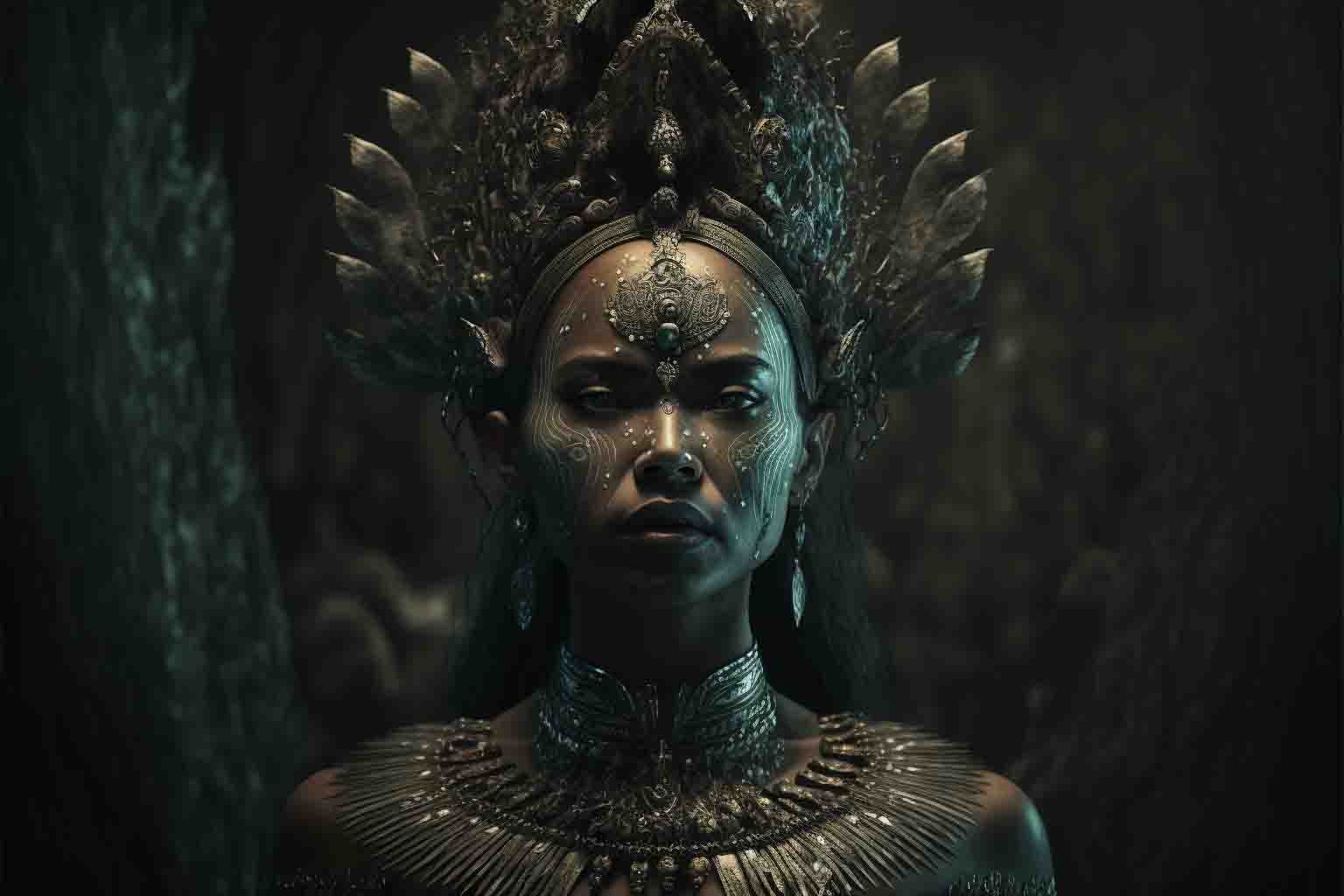
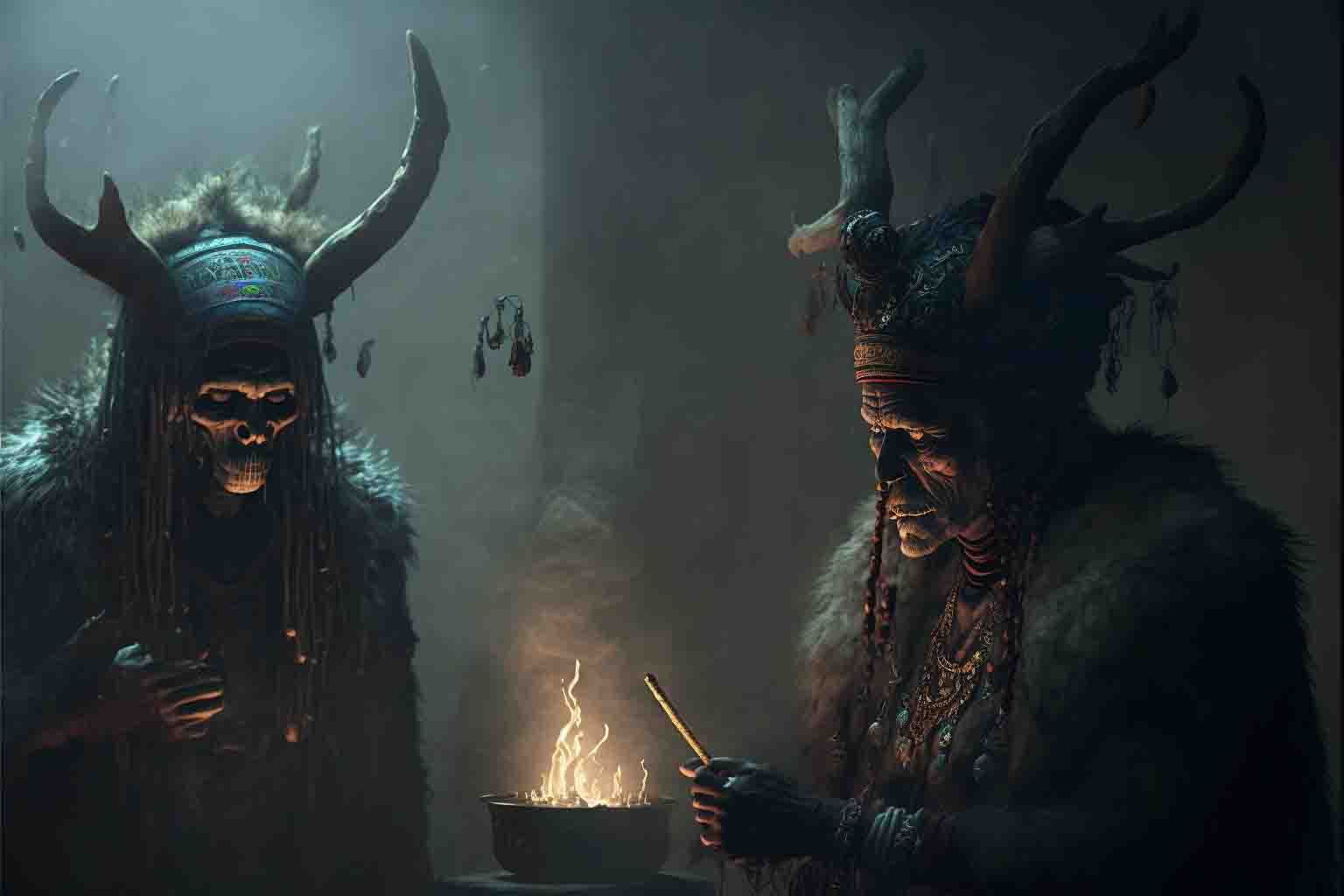
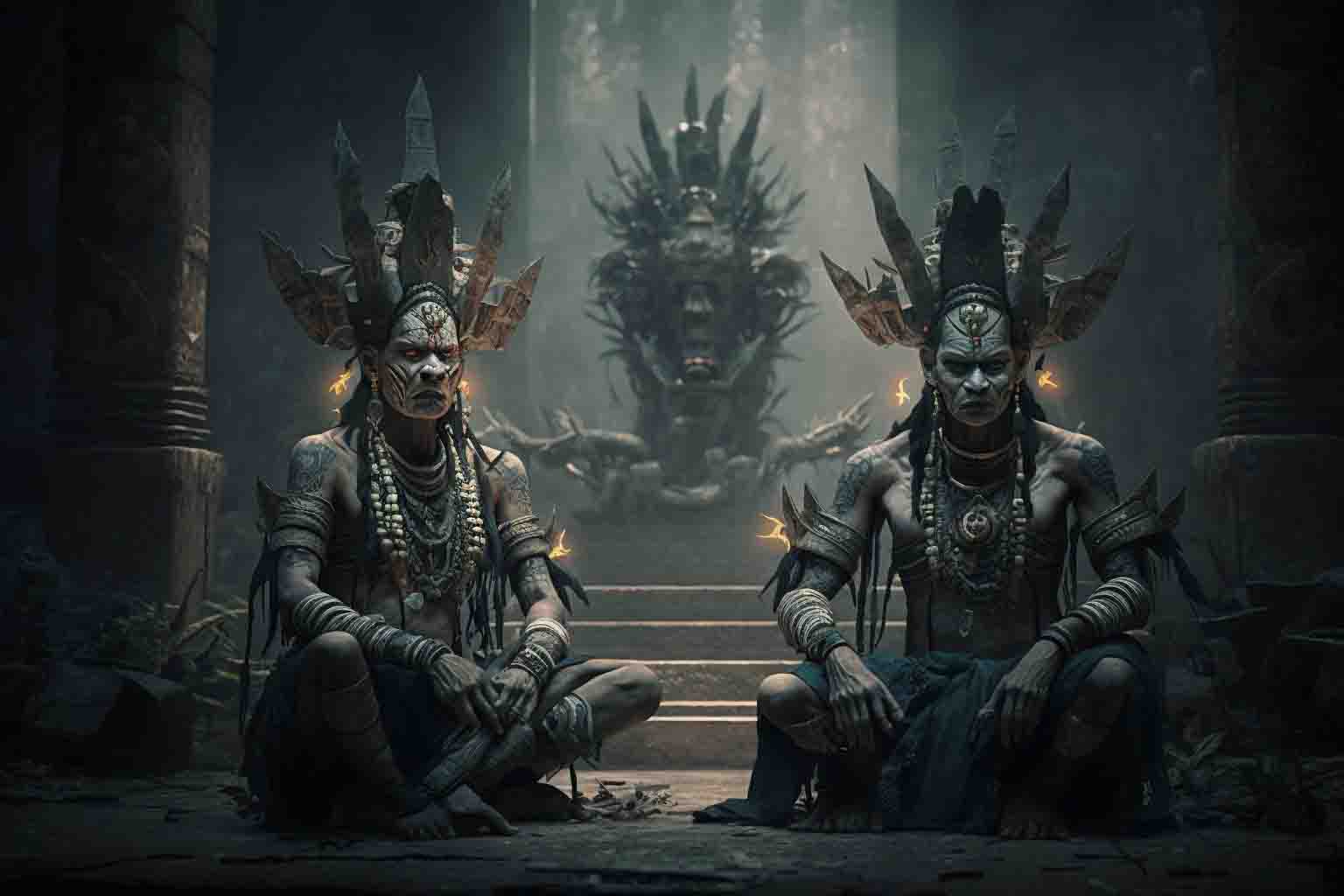
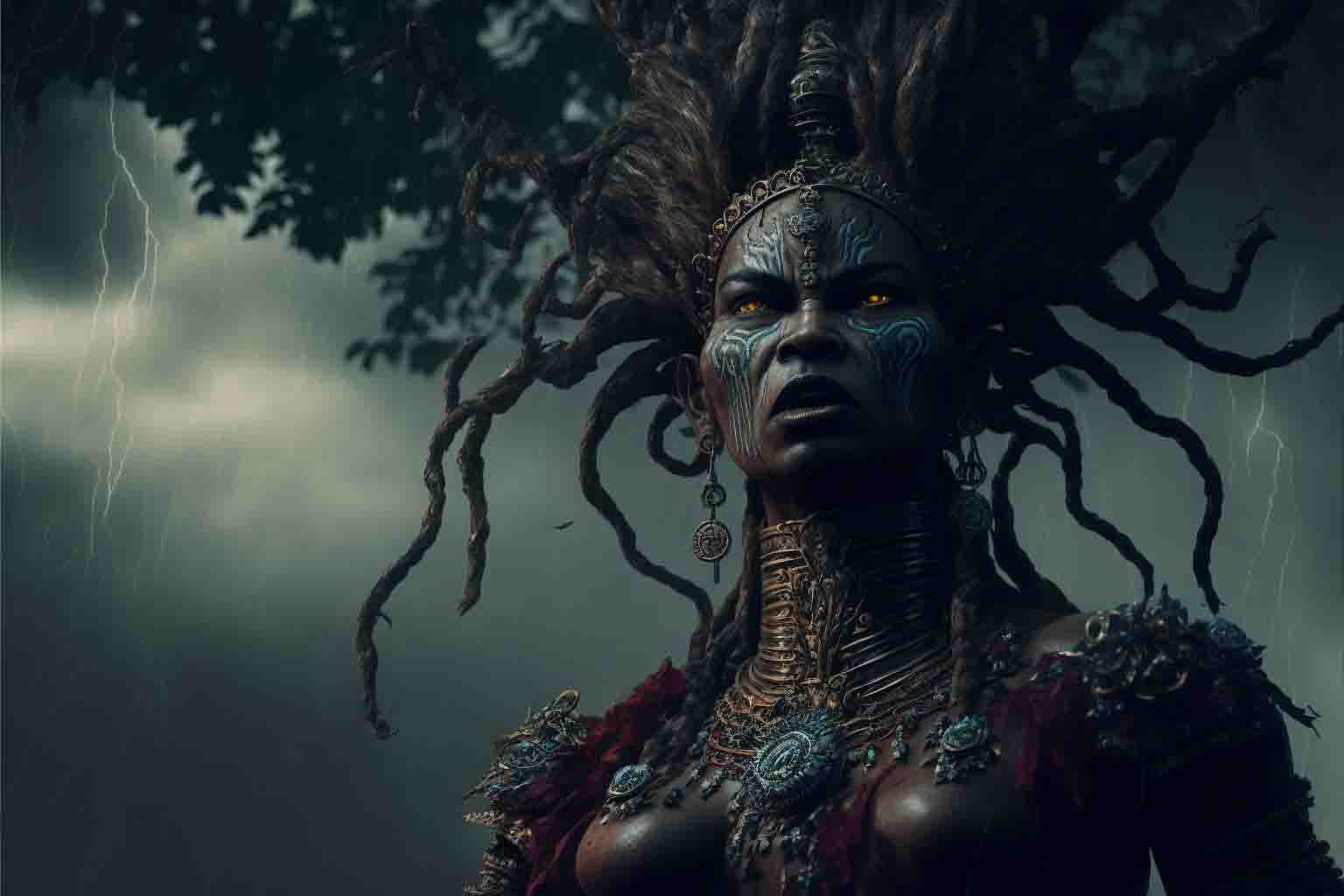
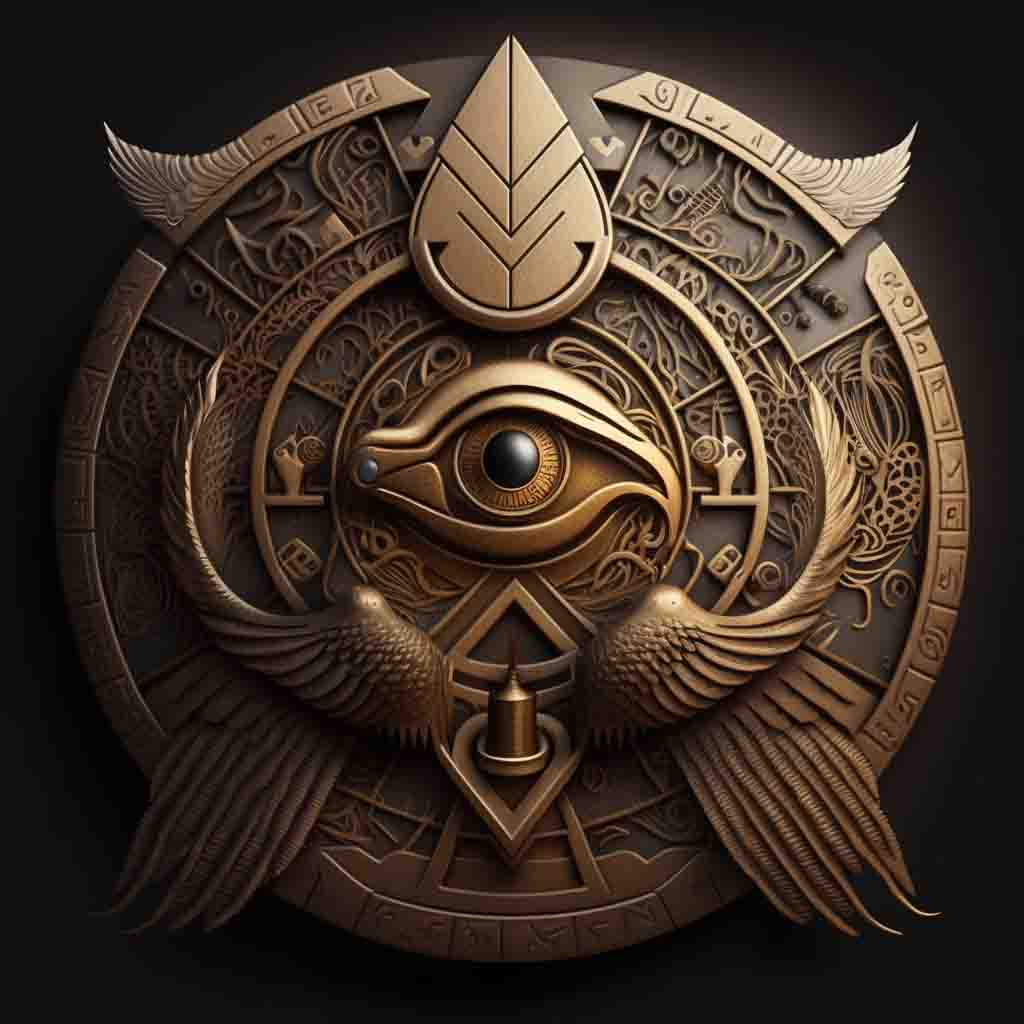

Comments